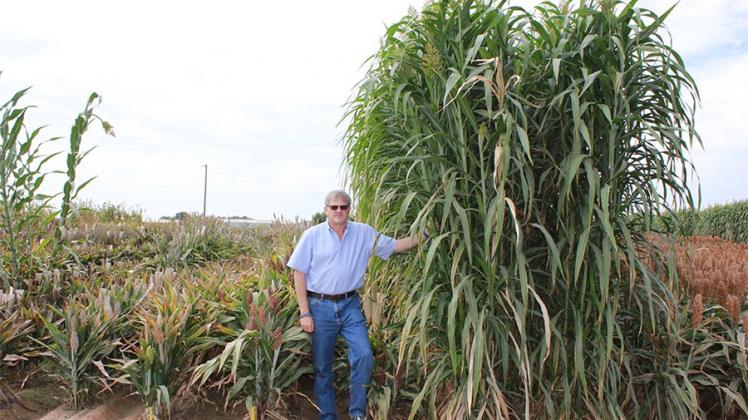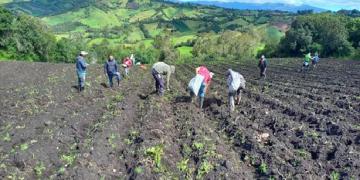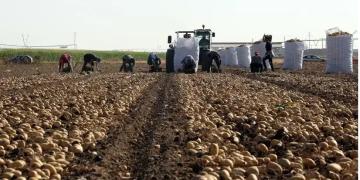Irlanda: Campus researchers uncover origin of Irish potato famine pathogen
A study led by a UC Berkeley post-doctoral researcher has helped uncover the origin of the pathogen responsible for the Irish potato famine.

According to the study, published this month in the Molecular Biology and Evolution journal, scientists have long sought to determine whether the pathogen was introduced to Ireland from South America or Mexico and where the pathogen had evolved into its modern form.
Researchers determined the closest relative of the pathogen is a species found in the Andes Mountains, providing strong evidence that the pathogen had originally evolved in South America as opposed to Mexico, according to Michael Martin, the lead author of the study.
For the study, researchers utilized DNA samples of the pathogen dating as far back as 1845 — plucked from museums and private collections around the world. Analyses of these samples led to their new discovery that the pathogen had genetically diverged from similar forms of the disease earlier than previously thought, helping scientists to determine its location of origin.
According to Martin, the pathogen is part of a sub-group called “plant destroyers” that infects its plant host with late blight, often resulting in the host’s death.
“It’s the main enemy of potato farmers and causes much financial loss every year,” said Martin.
Potatoes with the blight that were introduced to much of Europe and America in the 1840s were monocultures, and this lack of genetic diversity left them especially vulnerable to the pathogen.
Martin said pinpointing the pathogen’s geographic origins could help scientists find potatoes in the region with genes that give them natural resistance to the pathogen.
The pathogen is rapidly evolving in response to scientists’ attempts to create resistant potatoes, according to Jean Ristaino, a professor at North Carolina State University who co-authored the study. As potatoes have been bred to be more resistant over the years, the form of the pathogen today, scientists estimate, could have been even more deadly in the 1840s.
“Even 150 years of potato breeding and all the miracles of modern genetics have not been able to produce a potato that is completely resistant to potato blight,” said Martin.
The study suggests human activity transporting potatoes and tomatoes between South and Central America could have led to the pathogen evolving and breeding with other pathogen species resulting in its modern form.
According to Martin, his team’s next step is to collect more samples of the pathogen from different wild cousin potato host plants throughout Central and South America. From sequencing those samples, they could discover if there are any “hidden” lineages in other locations yet to be discovered.
“There may be some of them that diverged even earlier than the ones we sequenced from the 1840s, which would be quite a discovery,” said Martin.
Fuente: http://www.dailycal.org/2015/11/29/









